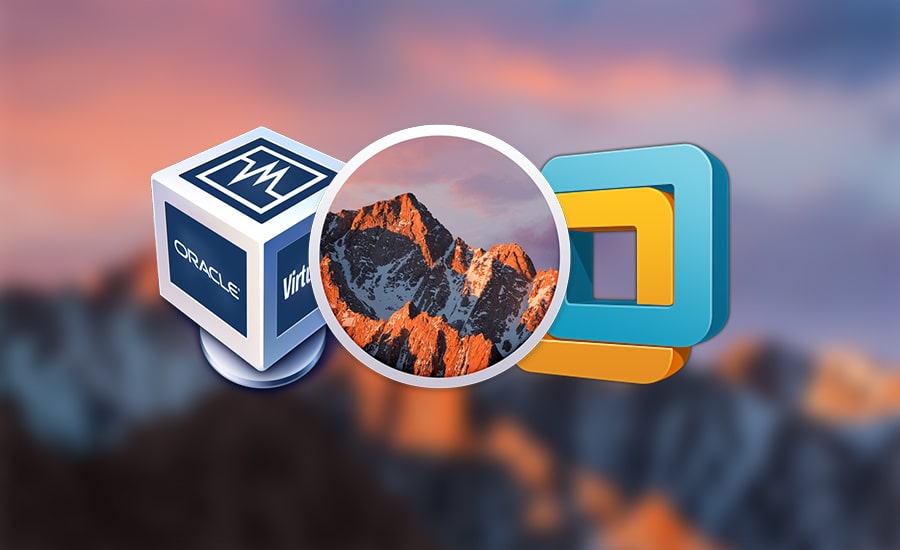
If the built-in disk came APFS-formatted, Disk Utility suggests APFS. Are you formatting the disk that came built into your Mac?.If you want to change the format, answer these questions:
CLEAN INSTALL MAC OS SIERRA MAC WORLD MAC OS
If it can't, it chooses Mac OS Extended, which works with all versions of macOS.

In the sidebar of Disk Utility, select the volume that you want to erase.If you're not erasing the volume your Mac started up from, you don't need to start up from macOS Recovery: just open Disk Utility from the Utilities folder of your Applications folder. If you want your Mac to be able to start up from the disk you erased, reinstall macOS on the disk.Click Erase to begin erasing your disk and every container and volume within it.Disk Utility shows a compatible format by default. Format: Choose APFS or Mac OS Extended (Journaled).Name: Type the name that you want the disk to have after you erase it.Click Erase, then complete these items:.Select the disk that you want to erase.In this example, Apple SSD is the startup disk: The disk your Mac started up from is at the top of the list.


The sidebar now shows your disks (devices) and any containers and volumes within them. Choose View > Show All Devices from the menu bar in Disk Utility.If you're not erasing the disk your Mac started up from, you don't need to start up from macOS Recovery: just open Disk Utility from the Utilities folder of your Applications folder. Then select Disk Utility from the Utilities window and click Continue. Before continuing, make sure that you have a backup of any files that you want to keep. Erasing a disk or volume permanently deletes all of its files.


 0 kommentar(er)
0 kommentar(er)
